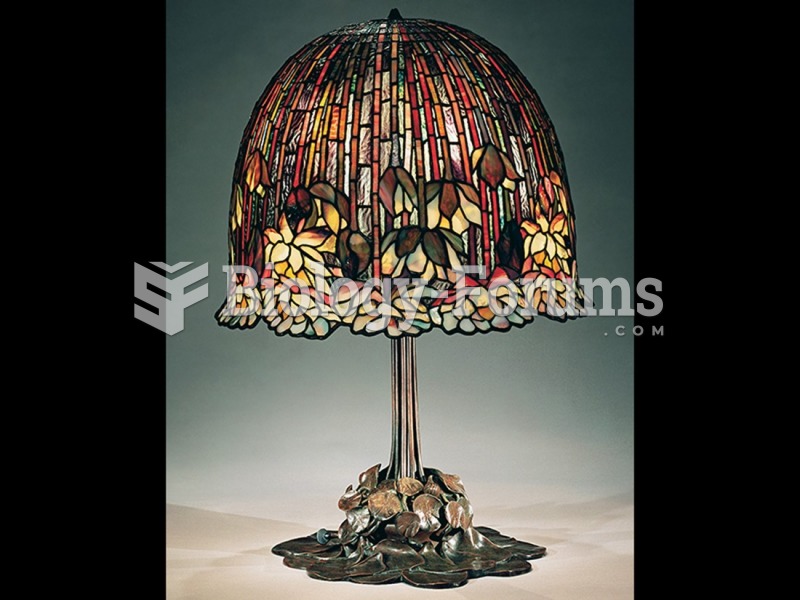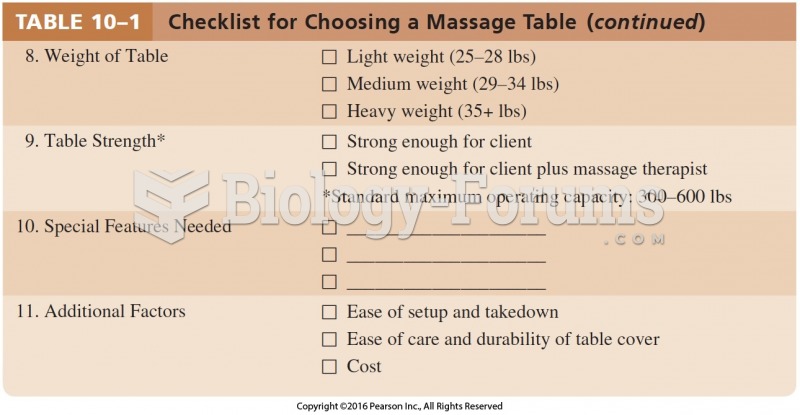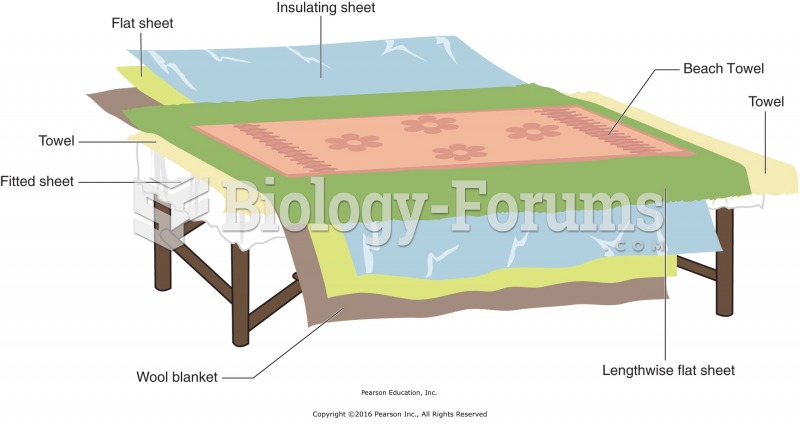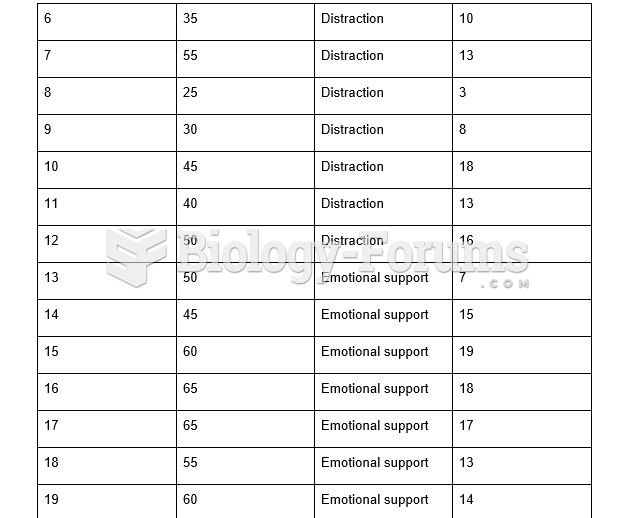Table 2-12
| | Digital Camera | Wheat (bushels) |
| China | 100 hours | 5 hours |
| South Korea | 90 hours | 3 hours |
Refer to Table 2-12. This table shows the number of labor hours required to produce a digital camera and a bushel of wheat in China and South Korea.
a. | Assume each country has a total of 9,000 labor hours to devote to the production of the two |
goods and draw the production possibilities frontier for each country. Put "Digital Camera" on the horizontal axis and "Wheat" on the vertical axis. Be sure to identify the intercept values on your graphs.
b. | Suppose each country allocates 60% of its labor hours to wheat production and 40% to the |
production of digital cameras. Complete Table 2-13 below to show each country's output of the two products.
Table 2-13: Production and Consumption with no Trade
| | Digital Camera Output | Wheat Output (bushels) |
| China | | |
| South Korea | | |
| Total | | |
c.
If the two countries do not trade and consume whatever they produce, identify the current |
production and consumption point for each country on their respective production possibilities frontiers. Label China's consumption point "C" and South Korea's consumption point "K".
d. | Suppose the two countries specialize and trade. Which country should produce digital cameras |
and which should produce wheat? Explain your answer.
e. | Complete Table 2-14 below to show each country's output with specialization. |
Table 2-14: Output with Specialization
| | Digital Camera Output | Wheat Output (bushels) |
| China | | |
| South Korea | | |
| Total | | |
f.
Did specialization increase the combined output for the two countries without any increase in |
resources? If so, by how much?
g. | Suppose China and South Korea agree to trade so that in exchange for 1,200 bushels of wheat, |
the exporter of wheat receives 48 digital cameras. Complete Table 2-15 below to show each country's consumption bundle after trade.
Table 2-15: Consumption with Trade
| | Digital Camera | Wheat (bushels) |
| China | | |
| South Korea | | |
h.
Show the consumption points after trade on each country's production possibilities frontier. |
Label these points "B" for China and "J" for South Korea.
i. | Has trade made the two countries better off? Explain your answer. |







